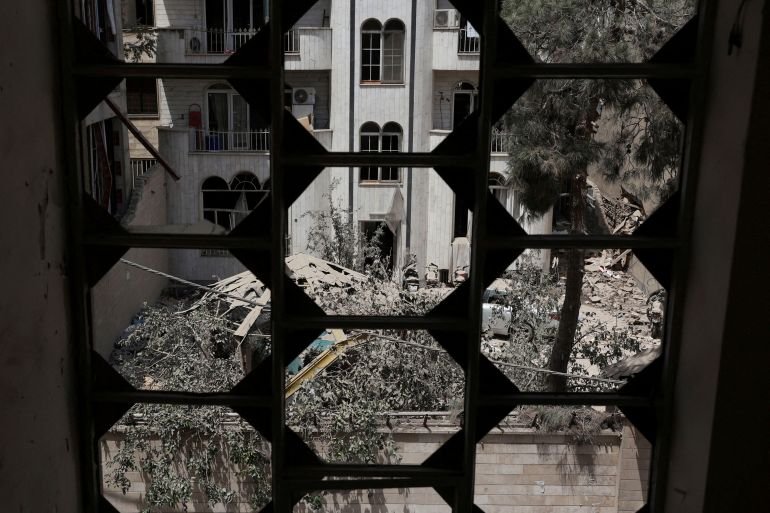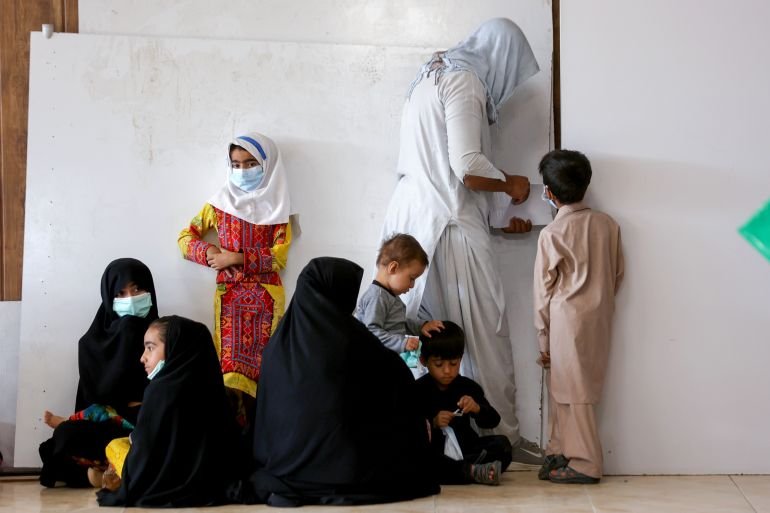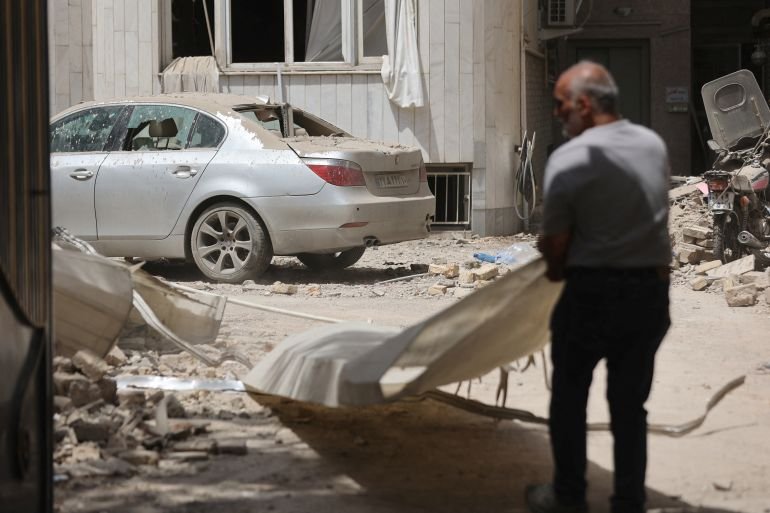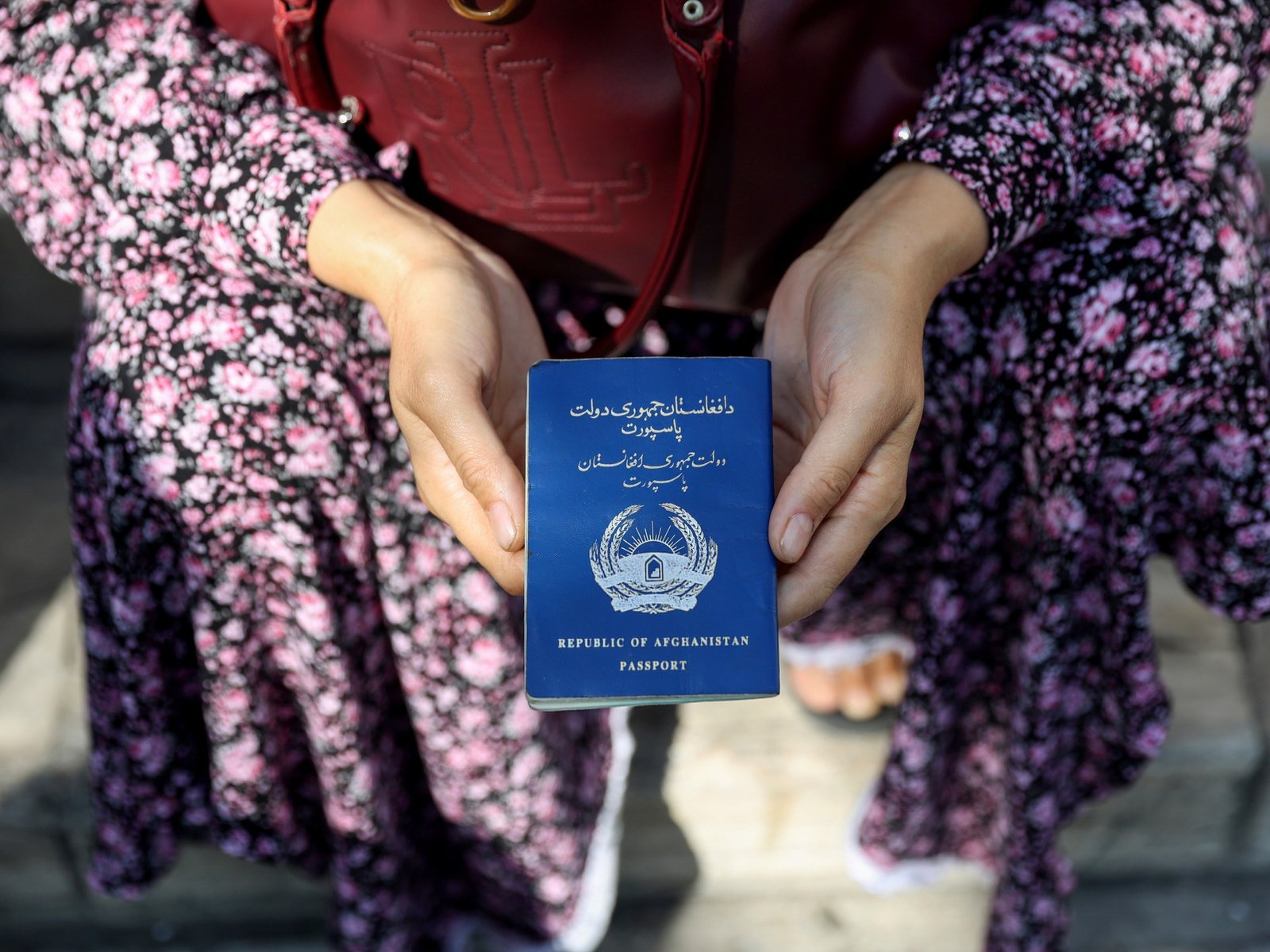On Friday, June 13, 2025, as Israeli missiles targeted Tehran, Shamsi felt the weight of her family’s precarious situation more than ever.
The 34-year-old Afghan mother of two was busy with her sewing duties in northern Tehran when panic set in. She hurried home to find her daughters, ages five and seven, cowering beneath a table, gripped by fear.
A year ago, Shamsi had fled Taliban control in Afghanistan, believing Iran would provide a safer haven. Now, lacking documentation and protection, she finds herself ensnared in yet another perilous scenario—without legal status or a safe escape route.
“I escaped the Taliban, but now bombs are falling around us,” Shamsi shared with Al Jazeera from her home. For safety reasons, she requested that only her first name be used. “We sought refuge here, but now we feel more lost than ever.”
A former activist in Afghanistan, Shamsi and her husband, who was a soldier before the Taliban regained power in 2021, entered Iran on temporary visas. Yet, they’ve been unable to renew them due to high costs and the necessity of re-entering through Taliban-controlled Afghanistan—an extremely hazardous journey.
Life in Iran is fraught with challenges. Without legal residency, Shamsi has no workplace protection, bank account, or access to humanitarian aid. “There has been no assistance from Iranians or international organizations,” she lamented.
Frequent internet blackouts in Tehran hinder her ability to seek help or connect with family.
“Without a driver’s license, we can’t move freely. Police checkpoints are everywhere,” she observed, noting their prior efforts to secure food were thwarted once the bombings began.
Iran is home to approximately 3.5 million refugees, with around 750,000 officially registered Afghans. However, over 2.6 million live undocumented. Following the Taliban’s return to rule and the U.S. withdrawal, many Afghans, including activists and journalists, have crossed into Iran seeking sanctuary.
Tehran alone houses about 1.5 million Afghan refugees, primarily undocumented. As Israel launched assaults in the region, many Afghans felt their insecurity acutely, lacking access to emergency aid or reliable information during the strikes when internet services were disrupted.
While numerous individuals fled Tehran during the conflict, refugees like Shamsi and her family found no safe options.
On the night of June 22, an explosion rocked her neighborhood, shattering the windows of her apartment. “I stayed awake until 3 AM, and just as I fell asleep, another blast jolted me awake,” she recounted.
A nearby residential building was completely destroyed. “I packed a bag with my children’s essentials, preparing for the worst,” she said.
The ceasefire on June 23, facilitated by Qatar and the U.S., offered some relief. However, new troubles arose: Shamsi’s family is running low on funds. Her employer, who previously paid her in cash, has vanished and stopped responding to her calls. “He’s disappeared,” she stated. “When I asked for my unpaid wages, his response was dismissive: ‘You’re an Afghan migrant; just leave!’”

The Human Toll of Conflict
For Afghans trapped in Iran, the recent 12-day conflict with Israel has reignited old traumas and feelings of displacement.
According to Iranian health officials, three Afghan migrants—Hafiz Bostani, Abdulwali, and Habibullah Jamshidi—were among the 610 fatalities from the recent airstrikes.
Abdulwali, an 18-year-old laborer, was killed on June 18 during an Israeli attack on a construction site in Tehranpars, where he had sought work to support his family after leaving school in Afghanistan. Video footage shared by friends captured his terrified coworkers urging him to evacuate as chaos erupted.
Uncertainties loom as other Afghans remain unaccounted for following the strikes. An elderly Afghan from Takhar province, Hakimi, expressed concern for his three grandsons who have been missing for days. “They were trapped in a construction site without food,” he relayed, anxious and without communication amid the turmoil.
Even if they’ve survived, he noted, they are undocumented. “If they step outside, they’ll be deported,” Hakimi feared.

Transitioning From One Danger Zone to Another
During this tumultuous period, UN Special Rapporteur Richard Bennett urged all parties involved to safeguard Afghan migrants in Iran, highlighting serious safety risks and the urgent need for humanitarian assistance.
Laila Forugh Mohammadi, an Afghan activist living abroad, has taken to social media to highlight the dire circumstances facing Afghans in Iran. “People are immobilized and voiceless,” she stated. “The lack of legal documentation places them in precarious situations, making it challenging to claim unpaid wages.”
She also pointed out the absence of governmental support for Afghans in light of the Iran-Israel conflict. “There are no mechanisms to address their plight. We feared an escalation in violence would further endanger our community,” she explained.
Those who could evacuate from the most hazardous regions in Iran often did so through Afghan organizations.
The Afghan Women Activists’ Coordinating Body (AWACB), part of the European Organisation for Integration, has successfully assisted hundreds of women—many fleeing Taliban oppression—to escape from high-risk cities, relocating them to safer areas like Mashhad in northeastern Iran. The group has also facilitated communication with families back in Afghanistan amid ongoing internet outages.
“Our resources are limited. We can only extend support to AWACB members,” shared Dr. Patoni Teichmann, the organization’s founder, prior to the ceasefire announcement. “Out of 450 members, we have evacuated 103 women, primarily activists fighting against the ban on women’s education in Afghanistan.”

‘Returning to the Taliban Is Not an Option’
Although Iran has proposed deporting up to two million undocumented Afghans, some have recently chosen to return to Afghanistan despite the inherent risks.
World Vision Afghanistan reported that during the 12-day conflict, around 7,000 Afghans began crossing back into Afghanistan daily via the Islam Qala border in Herat. “Many arrive with only the clothes they’re wearing,” remarked field representative Mark Cal. “They’re traumatic and confused, returning to a country still grappling with severe economic and social issues.”
The UN High Commissioner for Refugees (UNHCR) has raised alarms about the deteriorating humanitarian conditions for Afghans in Iran, monitoring reports of internal movements and departures to neighboring countries.
As tensions linger post-conflict, the outflow of Afghans from Iran is expected to increase.
Yet for many, the prospects of escape are dwindling.
In her northern Tehran home, Shamsi sits beside her daughter, tuned into an Iranian news broadcast. “We came here looking for safety,” she whispers. When asked about her plans should conditions deteriorate further, Shamsi’s response is resolute: “I will remain here with my family. I can’t return to the Taliban.”
This report was produced in collaboration with Egab.

